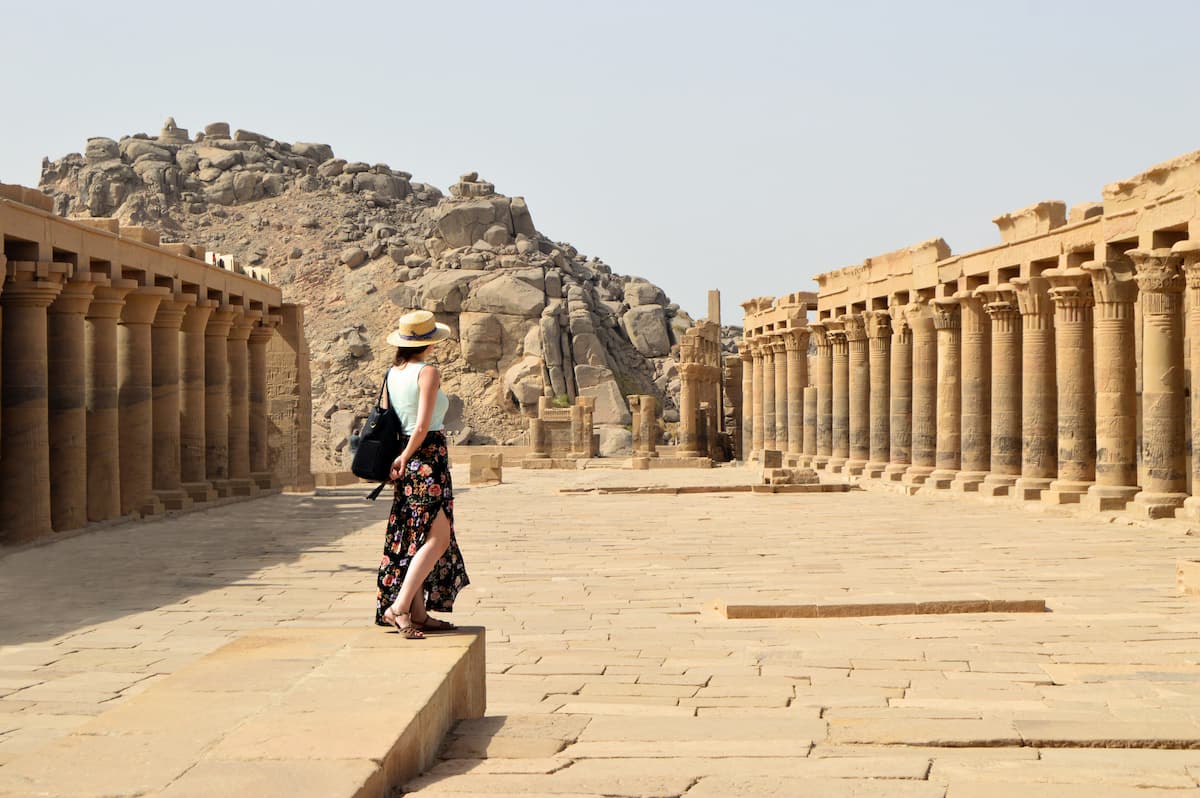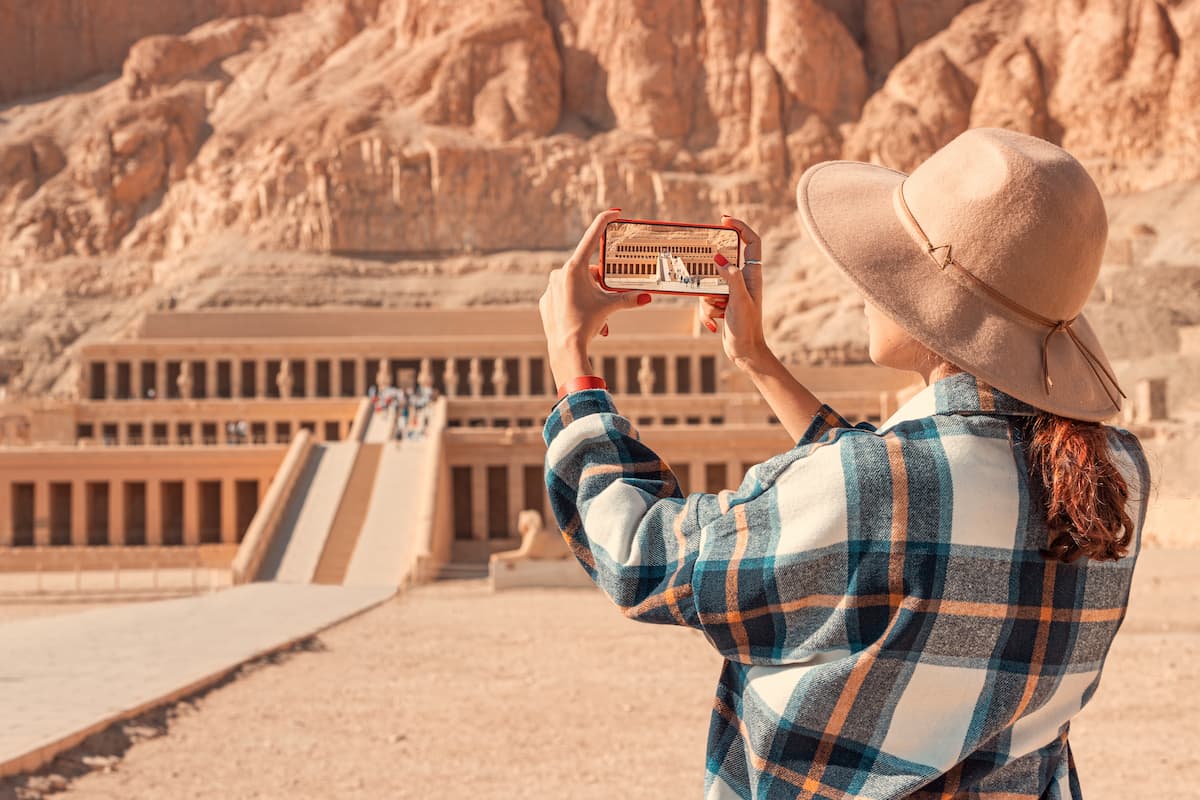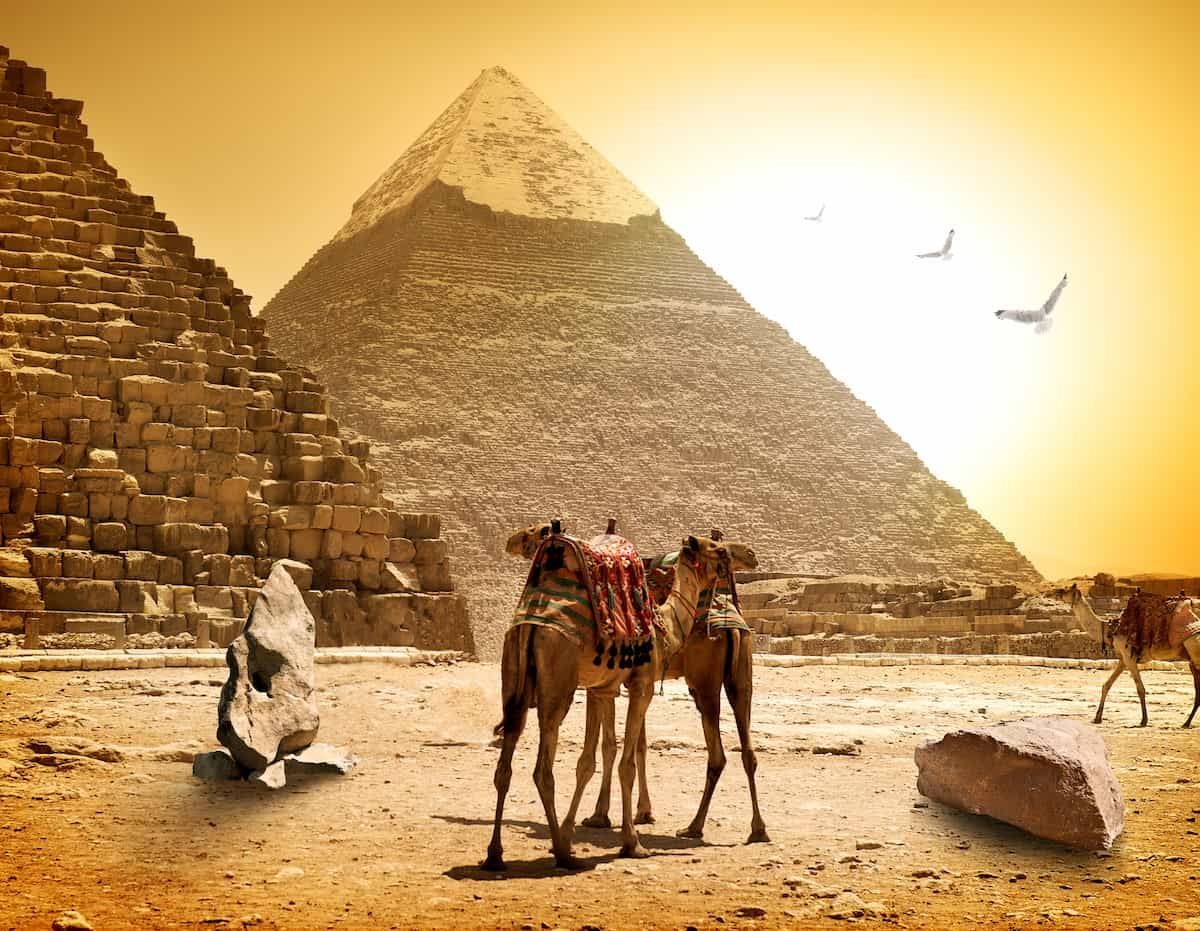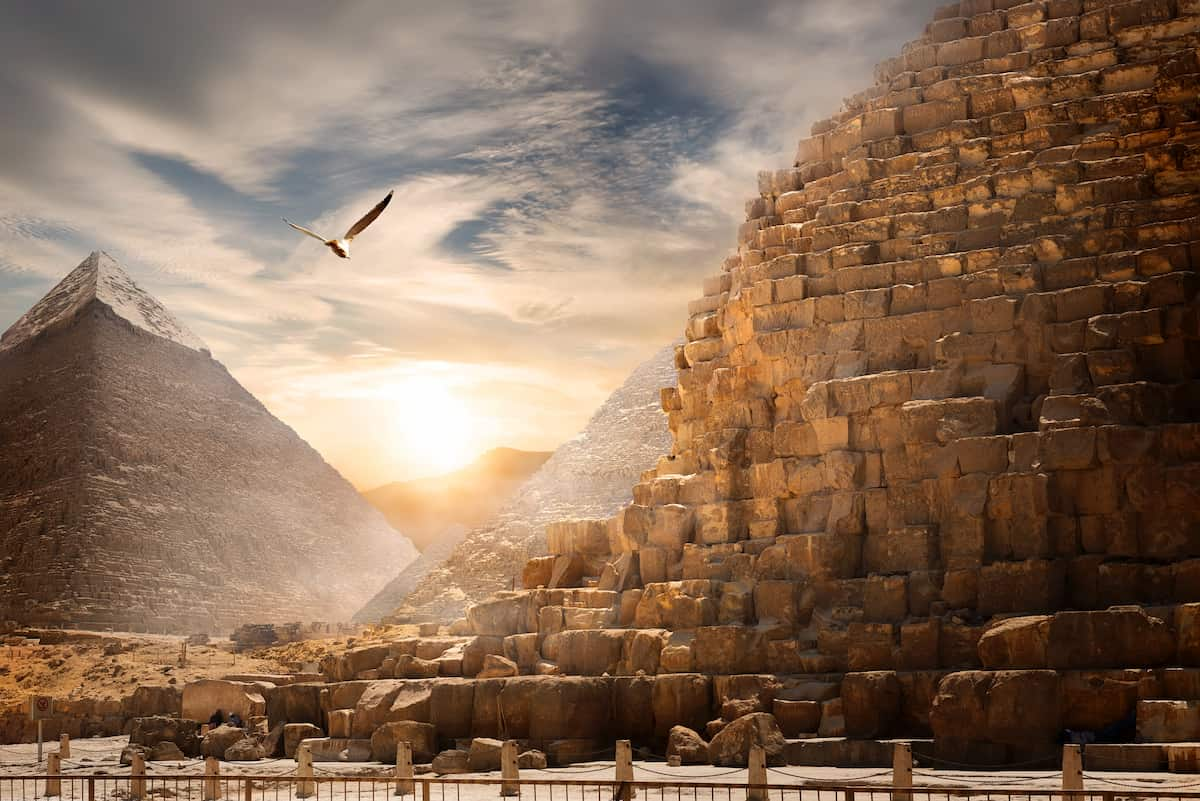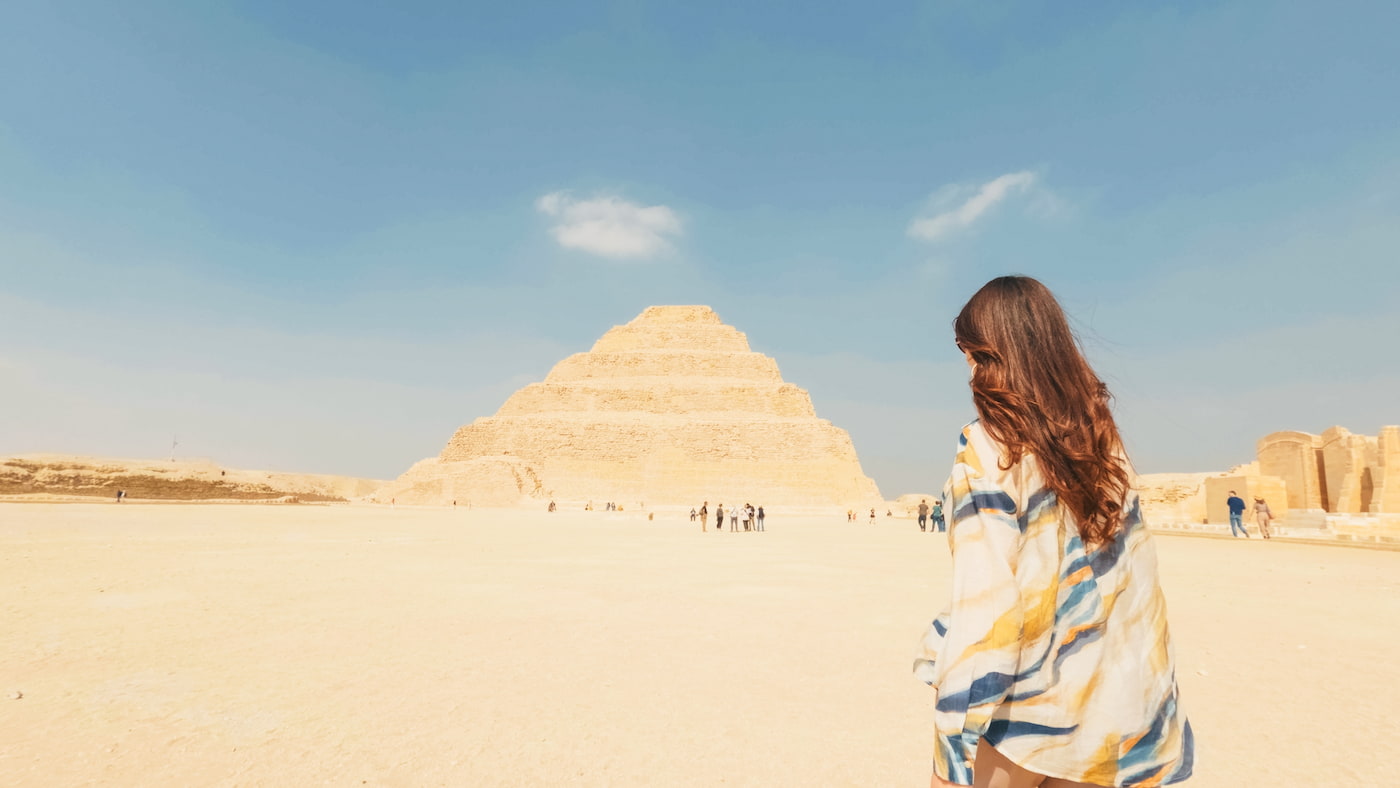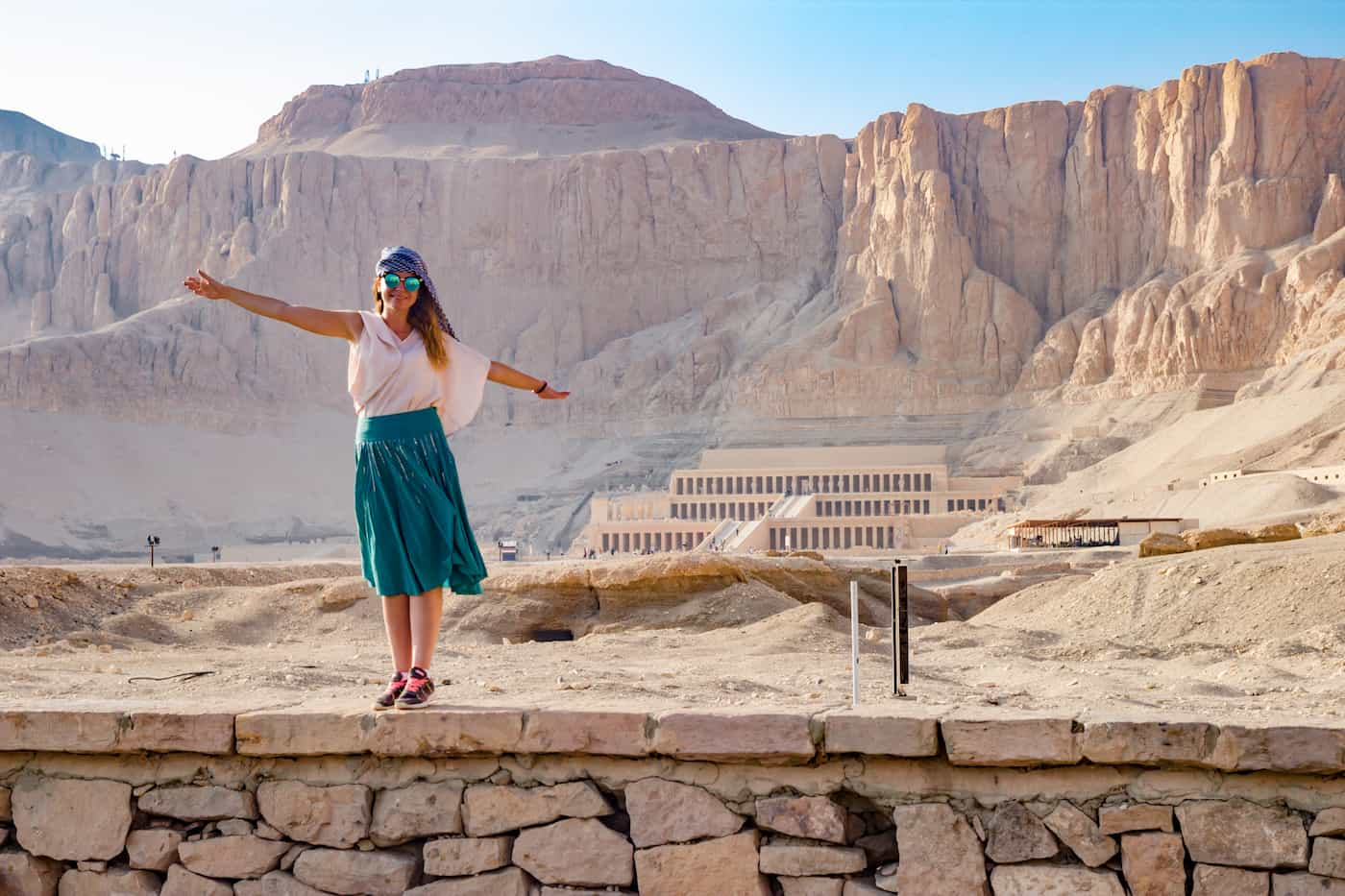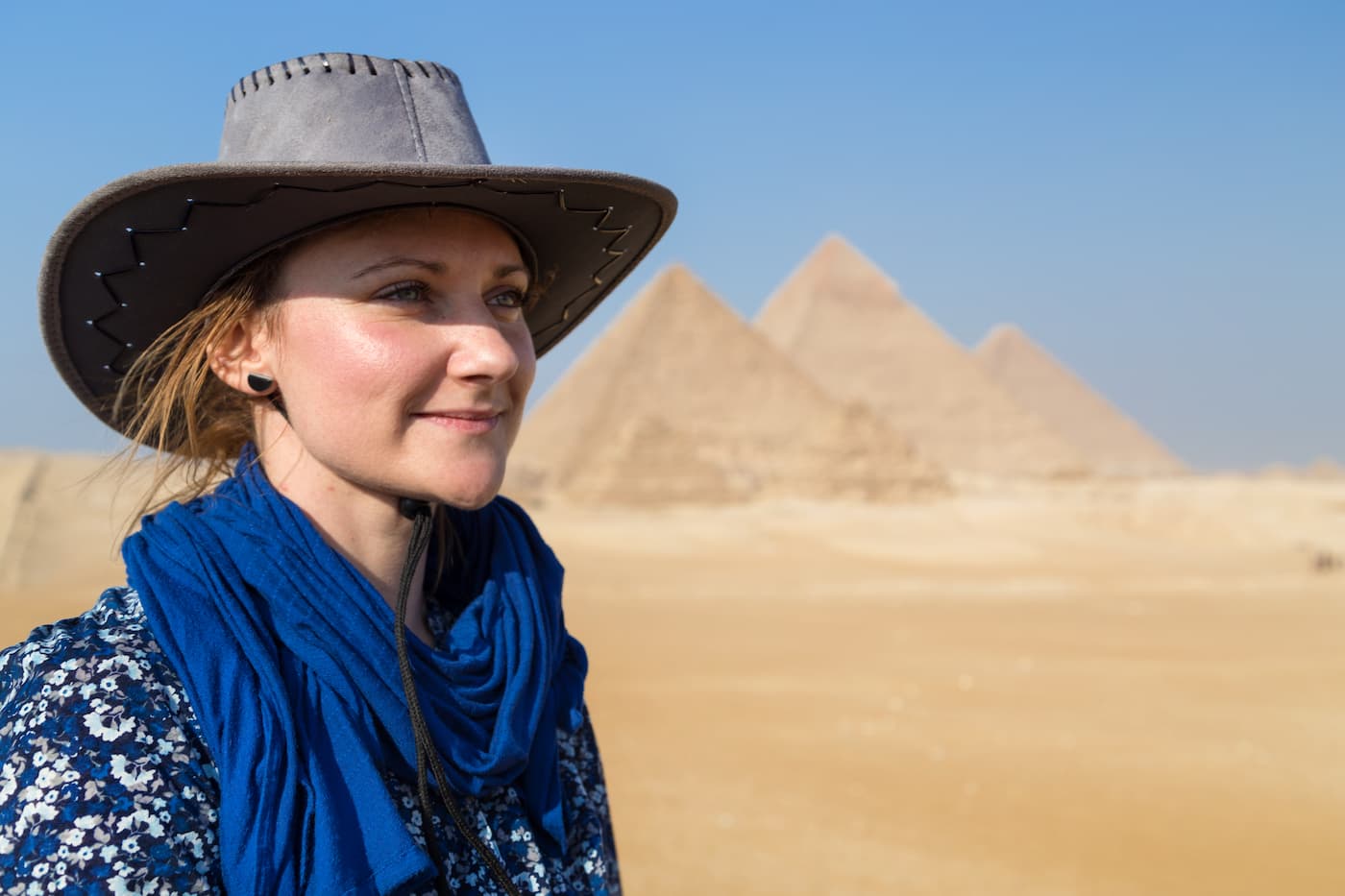Ancient Egyptian kings;
Middle Kingdom Egyptian Dynasties 2055 – 1650 BC
Eleventh Dynasty 2125 – 1985 BC
Ancient Egyptian King Middle Kingdom began with Mentuhotep I’s restoration of Egypt after he defeated the Herakleopolis monarchs. Also, he took the name Horus Divine of the White Crown, implying that he claimed all of Upper Egypt. Later, it was renamed Uniter of the Two Lands. Hatshepsut’s temple was inspired by his spectacular mortuary complex at Dayr al-Bahri, constructed alongside it 500 years later. Ancient Egyptian kings Middle Kingdom;
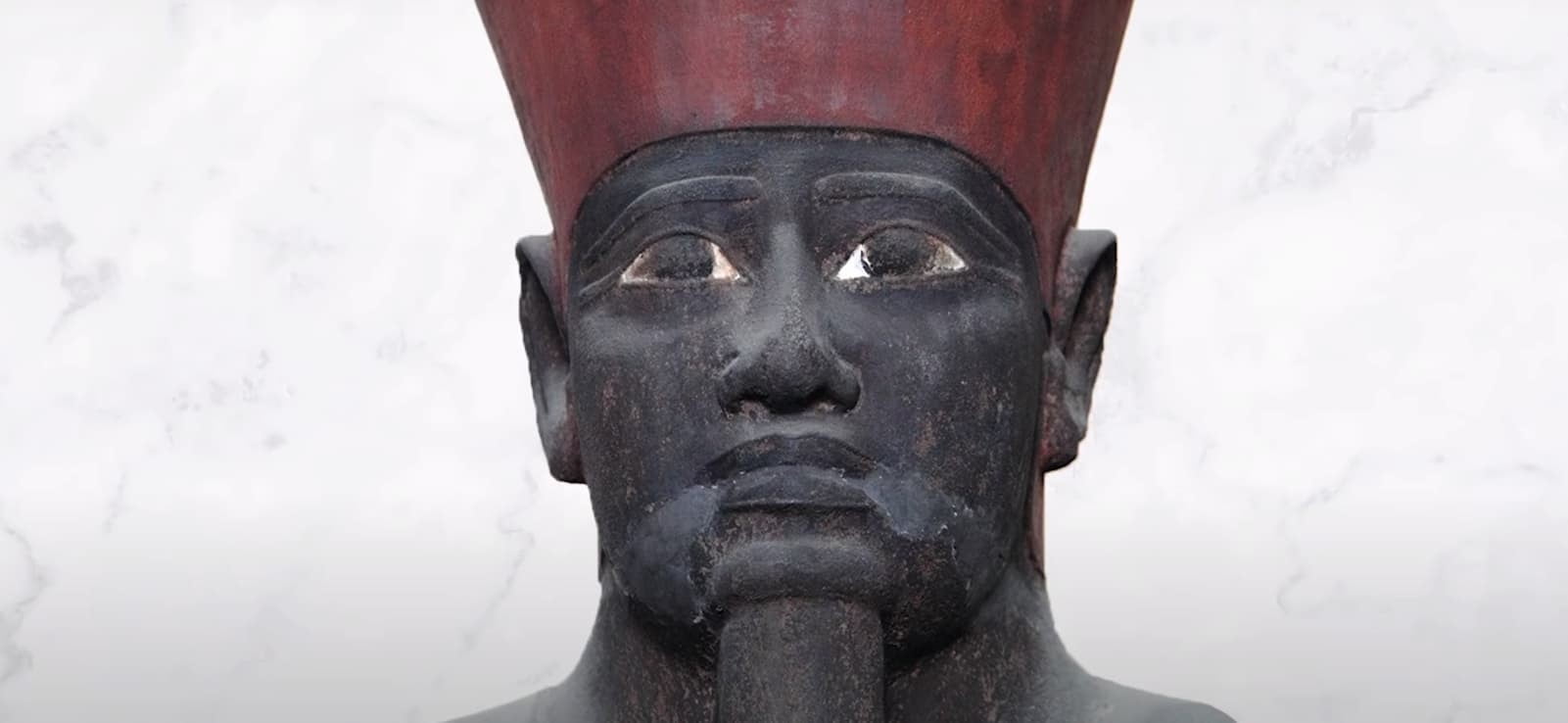
- Intef I 2125-2112
- Intef II 2112-2063
- Intef III 2063-2055
- Mentuhotep I 2055-2004
- Mentuhotep II 2004-1992
- Mentuhotep III 1992-1985
Twelfth Dynasty 1991 – 1782 BC
Firstly, Amenemhet I relocated the Egyptian capital to Memphis. The artistic styles of the Old Kingdom were revived. Sesostris, his son, later became his co-regent. During the ten years of shared reign, Sesostris commanded battles in Lower Nubia, resulting in the region’s subjugation. Then, Sesostris III rearranged Egypt into four areas: the northern and southern halves of the Nile Valley and the eastern and western Delta. After that, Amenemhet was murdered while Sesostris was away on a campaign in Libya. However, Sesostris could maintain his hold on the crown and centralize his father’s accomplishments. He and his successor, Then, Amenemhet III, left a lasting artistic legacy in statues representing them as aging, careworn kings.
The written language was normalized in its traditional version of Middle Egyptian. Although numerous are attributed to Old Kingdom authors, this was the earliest group of literary works. The “Instruction for Merikare,” a speech on kingship and moral duty, is the most significant of these.
- The first female queen, Queen Sobeknefru, signaled the end of the royal Dynasty.
- Amenemhet I 1985-1955
- Sesostris I 1965-1920
- Amenemhet II 1922-1878
- Sesostris II 1880-1874
- Sesostris III 1874-1855
- Amenemhet III 1855-1808
- Amenemhet IV 1808-1799
- Queen Sobeknefru 1799-1795
Thirteenth Dynasty 1782 – 1650 BC

Because there are few surviving artifacts from this period, the true chronology of the 13th Dynasty is somewhat hazy. Many kings reigned briefly, none of whom came from a single lineage, and some were born commoners. Also, there has been a steady drop over the previous fifty years. Then, following Ay’s death, the eastern Delta appears to have broken apart under its petty rulers (14th Dynasty). Also, this Dynasty is considerably less well-documented.
Asiatic immigration became common, with repeated waves of Palestinians settling in the northern Delta.
- Wegaf
- Intef IV
- Hor
- Sobekhotep II
- Khendjer
- Sobekhotep III
- Neferhotep I
- Sobekhotep IV Around 1725
- Ay
- Neferhotep II
The fourteenth Dynasty lasted approximately 57 years and is considered contemporaneous with the Thirteenth Dynasty. Also, several waves of nomadic people from Palestine lived in the Delta.
Second Intermediate Period 1650 – 1550 BC
Weakness of its latter kings, allowing the Hyksos, an Asiatic desert tribe, to invade Egypt. Then, these invaders established themselves as kings and ruled over the country for two centuries. Also, Hyksos comes from an Egyptian word that means “ruler of alien regions.”
They are mentioned by the historian Josephus (1st century AD). He portrays the new leaders as sacrilegious conquerors who despoiled the land. Yet, they represented themselves as Egyptian monarchs and seemed to have been recognized as such, except for the term Hyksos. They allowed other dynasties within the nation, including the 17th and 16th dynasties and the several lesser Hyksos who made up the 16th Dynasty.
Fifteenth Dynasty 1650 – 1550 BC
The Hyksos, also known as the Shepherd Kings or Desert Princes, attacked Memphis and established their capital at Avaris in the Delta during the Fifteenth Dynasty (1650–1550 BC). The Dynasty included five or six monarchs; the most famous was Apepi I, who ruled for up to 40 years.

Their leadership brought many technological improvements to Egypt, from bronze works, ceramics, and looms to new musical instruments and genres. Also, animals and crops of new breeds were imported. But the most significant developments occurred in the realm of battle: composite bows, new sorts of daggers and scimitars, and, above everything, the horse and chariot. The Hyksos industrialized Egypt in many ways, and Egypt ultimately benefited from their control.
- Sheshi
- Yakubher
- Khyan
- Apepi I
- Apepi II
Sixteenth Dynasty 1650 – 1550 BC
- Another
- Yakobaam
Seventeenth Dynasty 1650 – 1550 BC
While the Hyksos governed northern Egypt, in Thebes, a new product of native monarchs was forming. They ruled the region from Elephantine in the south to Abydos in the center of Egypt.
The early kings did not attempt to attack the Hyksos, although they did maintain an uneasy peace. Later kings, on the other hand, rose against the Hyksos, leading to a series of conflicts. Because his mummy reveals indications of horrible head wounds, King Tao II, also known as Seqenenre, was most likely killed in one of these wars. The Hyksos were to be expelled from Egypt by one of his sons, Ahmose, the ruler of the Eighteenth Dynasty.
- Sobekemsaf
- Intef VII
- Tao I
- Tao II Around 1560
- Kamose 1555-1550

